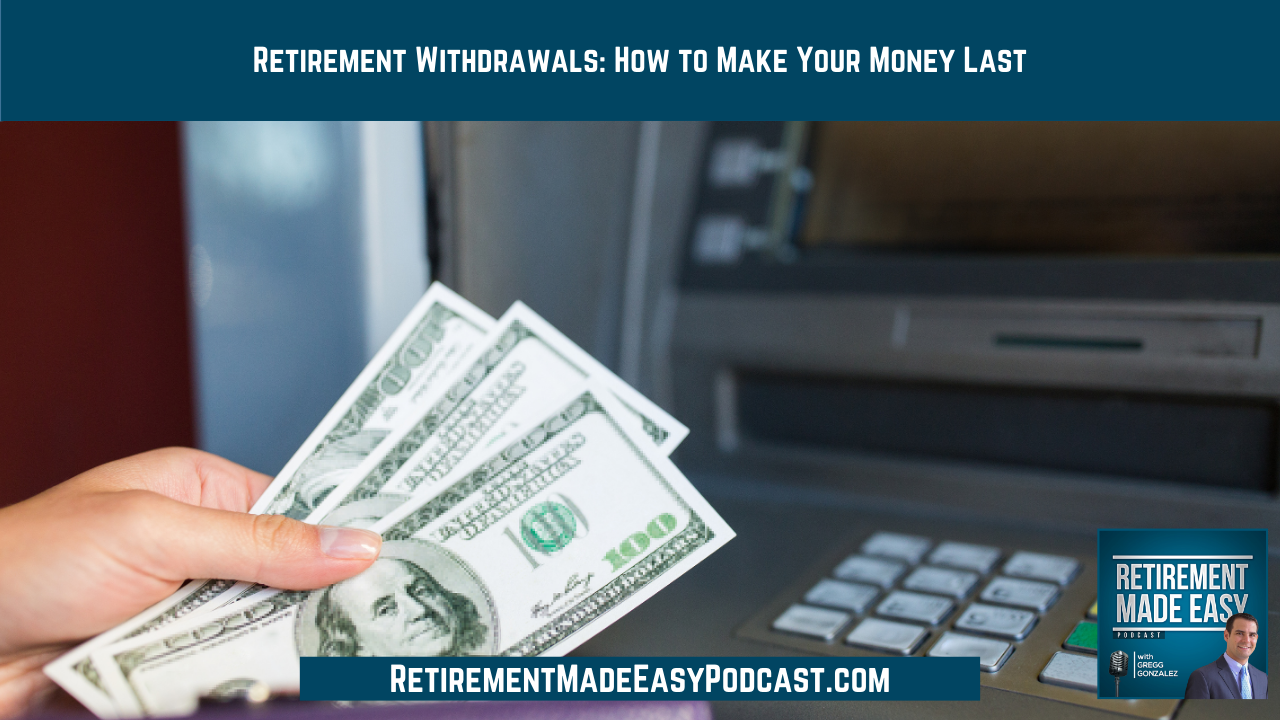
How do you turn your retirement savings into a steady paycheck that lasts? I’ve had a lot of questions about this lately—and for good reason. Without a well-thought-out withdrawal plan, people risk running out of money too soon, paying more in taxes than necessary, or simply feeling uncertain about how to manage their nest egg. Shifting from saving to spending isn’t always easy, and I want to help people feel confident in their approach.
That’s why I like to keep things simple and intentional. In this episode, I’ll walk through a practical way to organize retirement savings into different “buckets” based on when the money will be needed. I also share a real example of how someone ended up paying thousands more in taxes than necessary—just because of the way they withdrew their money. With a little planning, retirees can make their savings last and still have the freedom to enjoy life.
You will want to hear this episode if you are interested in…
- (0:00) Intro
- (1:10) Sources of Income
- (3:05) Costly Withdrawal Mistakes
- (7:50) The Spending Mindset Shift
- (12:10) The Three-Bucket Method
- (18:40) Which Accounts to Use First
- (24:00) Adjusting Over Time
The Right Way to Tap Into Retirement Income
Knowing where your money will come from in retirement is just as important as saving for it. Social Security, pensions, part-time work, and investment withdrawals all play a role, but the order and timing of withdrawals can make a huge difference. Taking money too early from tax-deferred accounts can create an unnecessary tax burden, while relying too much on one source could limit flexibility down the road.
I’ve seen people pay thousands more in taxes just because they weren’t intentional about where they pulled money from. With the right plan, retirees can structure withdrawals in a way that minimizes taxes, preserves savings, and ensures they don’t run out of money too soon. It’s not just about having enough—it’s about using it wisely.
The Emotional Shift from Saving to Spending
For decades, people have been told to save, invest, and build their retirement nest egg. But when the time comes to start withdrawing, it’s not always easy to flip that switch. I’ve worked with retirees who struggle to spend their savings, even when they have more than enough. Seeing account balances go down can feel uncomfortable, even though that’s exactly what the money is there for.
Some even claim Social Security earlier than they should just to avoid tapping their investments, potentially leaving money on the table in the long run. Understanding that withdrawals are a natural and necessary part of retirement helps people make better financial decisions—and enjoy what they worked so hard for.
A Simple Way to Structure Retirement Withdrawals
To make retirement income predictable and stress-free, I like to keep things simple. The three-bucket method helps people divide their savings into short-term cash reserves, mid-term income-producing investments, and long-term growth assets. This way, there’s always a clear plan for where money is coming from and when.
Having a dedicated income bucket makes monthly withdrawals feel like a paycheck while keeping a growth bucket ensures there’s money set aside for later years. This structure helps retirees avoid selling investments at the wrong time, reduce tax burdens, and feel confident about their financial future.
Resources & People Mentioned
Connect With Gregg Gonzalez
- Email at: Gregg@RetireSTL.com
- Podcast: https://RetireStrongFA.com/Podcast
- Website: https://RetireStrongFA.com/
- Follow Gregg on LinkedIn
- Follow Gregg on Facebook
- Follow Gregg on YouTube



